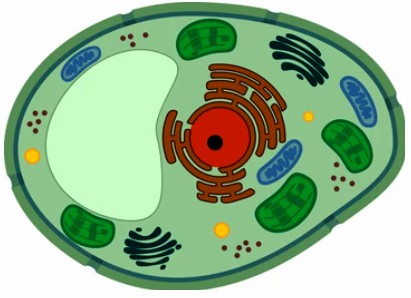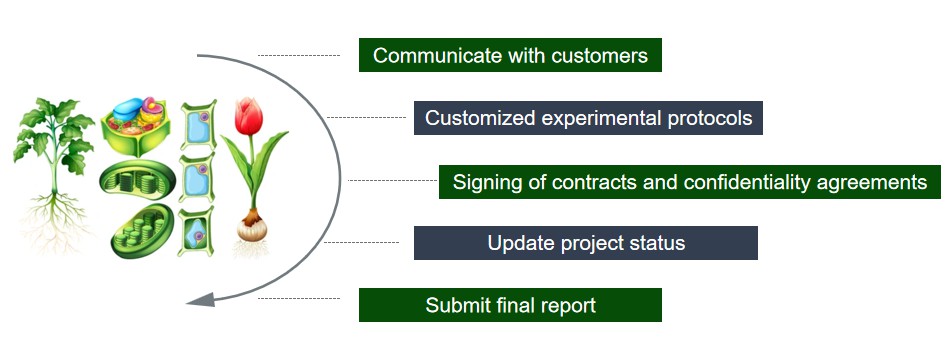Plant cell senescence, a highly regulated and programmed cellular process, plays a pivotal role in the life cycle of plants. Senescence is a natural process encountered by almost all living things, and harsh natural environments and diseases can accelerate it. This phenomenon involves a series of intricate molecular and biochemical events that ultimately lead to the programmed death of cells, contributing to the overall growth and development of the plant.
Understanding plant cell senescence is crucial not only for unraveling the mysteries of plant biology but also for agricultural applications and crop improvement strategies. Some indicators of plant senescence include a decrease in photosynthetic rate, a sudden change in respiration rate, a sudden decrease in the content of macromolecules, an increase in the activity of hydrolytic enzymes, and a burst of reactive oxygen species. These detection methods are cumbersome, and there are fewer ways to monitor senescence signals directly. Lifeasible has many years of experience in plant cellular senescence detection, and we offer various effective detection methods based on the problems faced in plant cellular senescence detection.

In addition, plants maintain a certain transmembrane potential (TMP) inside and outside the cell membrane. The stability of TMP is the basis for normal cell metabolism, sudden changes in the environment will lead to cellular stress, and the TMP will be altered in response during this process. Therefore, we also provide a TMP assay based on this feature, which can be used to monitor the senescence signals of plant tissues and cells in situ, and can also reflect the response pattern of plants to environmental stress.

Lifeasible is always on the cutting edge of technology, and we utilize a variety of advanced methods to measure plant senescent cells efficiently and accurately. If you are interested in us, please feel free to contact us.
Lifeasible has established a one-stop service platform for plants. In addition to obtaining customized solutions for plant genetic engineering, customers can also conduct follow-up analysis and research on plants through our analysis platform. The analytical services we provide include but are not limited to the following:
Get Latest Lifeasible News and Updates Directly to Your Inbox
Adaptive Evolutionary Mechanism of Plants
February 28, 2025
Unraveling Cotton Development: Insights from Multi-Omics Studies
February 27, 2025